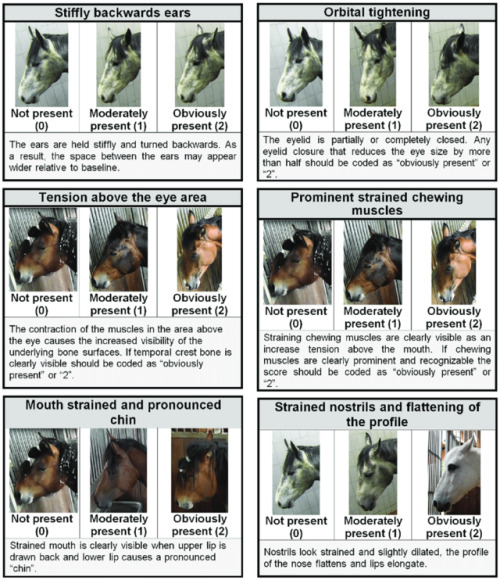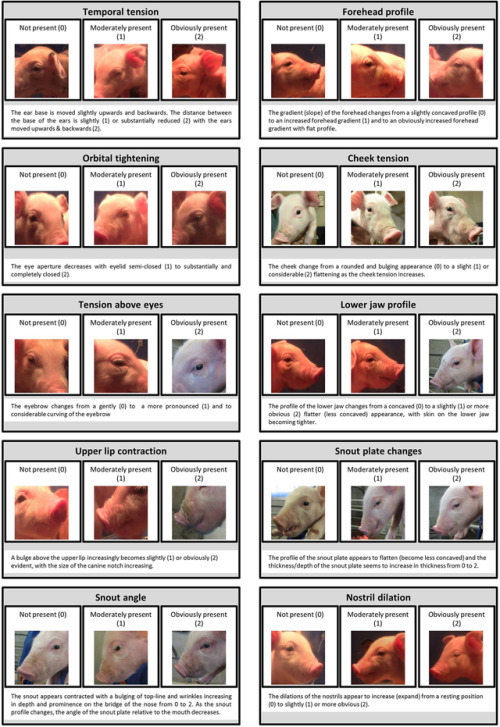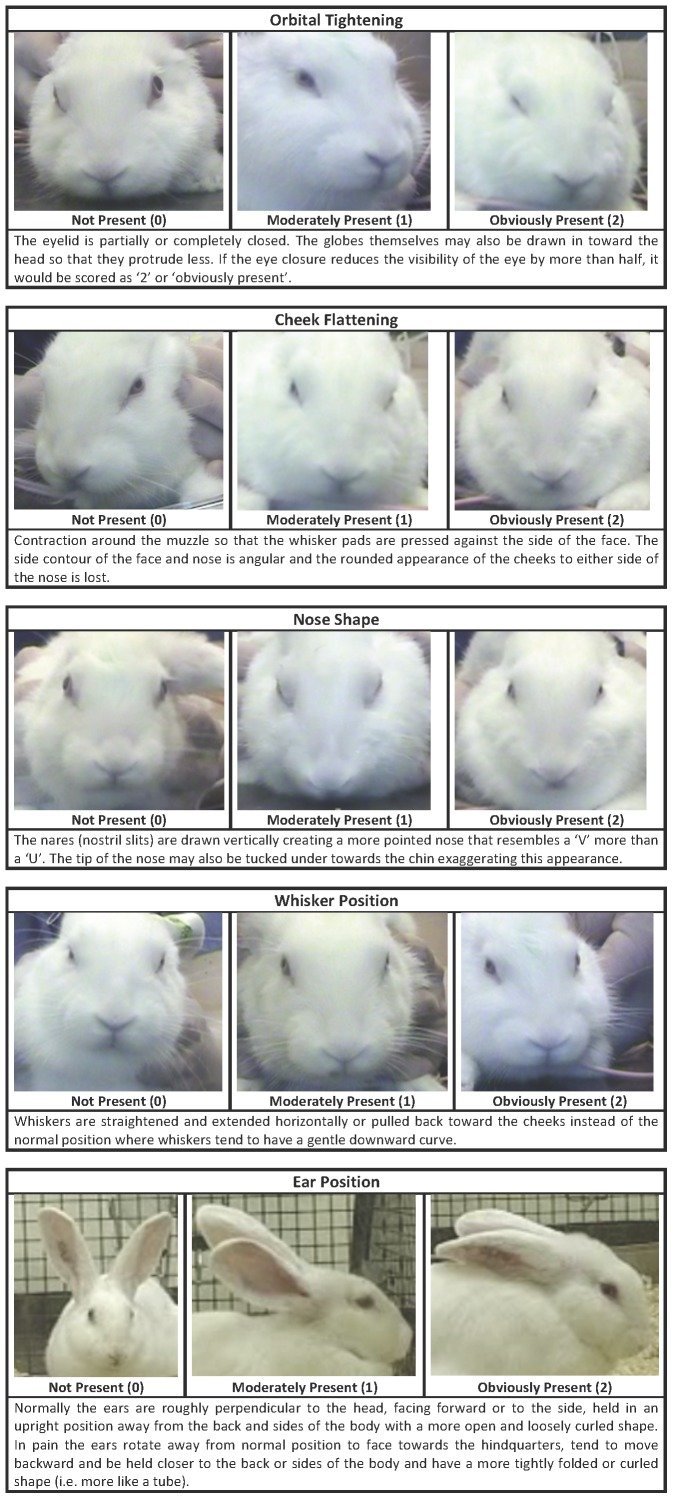Thunderstorm From Space

Thunderstorm from space
This photo was taken from the International Space Station during a project to capture photos of clouds. Here a large anvil supercell (some 200 km across) is silhouetted against the limb of our blue orb, revealing clearly the layers of the atmosphere somewhere over northern Australia around 1,500 km from the station, which was then flying over Papua New Guinea.
Keep reading
More Posts from Thejoyofscience and Others

Augochlora pura (Pure Green Augochlora) | Feb 2019 | copics, micron pen, colored pencils



the himalayan monal is a large member of the pheasant family found in parts of asia. while during the breeding season they mainly stay in pairs, in winter they form small communities and roost together. they feed on grasses, insects, seeds and berries. they are known for their vivid iridescent plumage, particularly colorful for a pheasant. x

Thumbs Up For Science
The cover of the legendary journal Nature from February 1879, featuring this thumb microscope, yours for the low, low price of three pounds.
(via Ptak Science Books, which you should really check out)
my PI when she reads my writing

my PI when she listens to me talk

my PI

panic! at the lab
ft hit songs such as
i write scribbles not lab reports
nine in the afternoon (nine in the evening? morning?) (oh it’s a 12 hr time point)
mad as grad students
high hopes (dissertation version)









Recognising silent acute pain in animals - assorted species grimace scales:
Development of the Horse Grimace Scale (HGS) as a Pain Assessment Tool in Horses Undergoing Routine Castration
The composition and initial evaluation of a grimace scale in ferrets after surgical implantation of a telemetry probe
The Assessment of Facial Expressions in Piglets Undergoing Tail Docking and Castration: Toward the Development of the Piglet Grimace Scale
The Sheep Grimace Scale as an indicator of post-operative distress and pain in laboratory sheep and the Coding and quantification of a facial expression for pain in lambs
Mouse - How to be a pain management advocate for exotic and zoo animals (full text available - includes additional species)
The Rat Grimace Scale: A partially automated method for quantifying pain in the laboratory rat via facial expressions
Evaluation of EMLA Cream for Preventing Pain during Tattooing of Rabbits: Changes in Physiological, Behavioural and Facial Expression Responses
Pain evaluation in dairy cattle
Pain is subtle - we cannot depend on vocalisations or extreme abnormal behaviour to determine if an animal is on pain - animals can cover up pain while going about their daily life. Grimace scales have been found to be reliable indicators of pain (full text available)
Unfortunately, I could not find a clear visual grimace scale for dogs, cats or birds :(
Which is a shame, because perhaps I could have recognised my own dog’s discomfort for the acute pain it was sooner:

(left: dog in pain. See eyes, tension, cheeks, whiskers, ears compared to the multiple species grimace charts above. right: tired but not in pain dog)
Perhaps my new books that arrived today might have some on dogs at least. There’s this visual blog post of a stressed dog at the vet - stress in the absence of a trigger looks very much like pain.
Here is a small comparative cats, with the link going into more detail. Not a scale but better than nothing:


Bonus round - you can get free A3 posters on recognising pain for Rabbits, Mice and Rats from the National Centre for the Replacement, Refinement and Reduction of Animals in Research. My rabbit specialist vet has the rabbit one!

Usual interstitial pneumonia
It has the loose fibroblastic balls (pink balls) next to relatively normal lung parenchyma (thin septae) and a bronchiole (the blueish wrinkly thing)
(Via pulmonary pathology)
Medical lung is like… impossible. COP. DAD. DIP. NSIP. BOOP. POOP. SCHMOOP. No idea. It all looks the same to me.
Went out to a vernal pool today and saw some crazy toad action
This is probably silly, but would you mind breaking down the genders of bees in the hive and some of the roles the various genders take on? I've heard mixed things about what gender drones are, males dying immediately after sex with the queen (?), and I'm wondering how and when the hive produces another queen! Thank you so much, your patience and knowledge are hugely appreciated. Also, are there any cool insects that can change sex like frogs and fish occasionally can?
There is no such thing as gender in animals besides humans and gender roles aren’t based on anything other then misogyny and they don’t exist within animals.
What you’re specifically asking about is called castes, and your typical eusocial species of bee such as a honeybee have three castes; workers, drones and a queen.

A queen’s function within the hive is to lay eggs, while a drones only purpose is to mate. The workers are tasked with every other role within the colony including cleaning, disposing of the dead or diseased, nursing, guarding and protecting the hive, foraging for pollen and nectar, and so on.
The queen lays two types of eggs; haploid (half the amount of chromosomes which is 16 in bees) and diploid (both sets of 32 chromosomes) eggs. The haploid eggs become drones meaning that they have no fathers, this is a type of parthenogenesis called arrhenotoky.
The normal diploid eggs (chromosomes sets from the queen + one of the drones that mated with her) can become either workers or a new queen. Every single diploid egg has the potential to become a queen. It is diet in the larval stage that determines if the egg will be a queen or a worker.
The workers will create a new queen themselves by building a specific brood comb called a queen cup, once the old queen has laid an egg in them, the workers will begin feeding them entirely on royal jelly: a secretion from the hypopharynx of nurse worker bees while larvae that will become workers are fed some royal jelly but mostly a mixture of pollen and nectar called bee bread. Because the royal jelly is so protein-rich it provides the future queen larvae with the energy to develop into a sexually mature females.

Once the queen emerges from her cell fully-mature she will seek out other recently hatched virgin queens and unemerged queens and killed them as they are rivals: there can only be one queen after all. When the virgin queen is the sole survivor she’ll then leave the hive for the first (and often the last and only time) for her mating flight. Bees mate on the wing, so swarms of drones will chase after her competing for the chance to mate with the single queen, these are called drone comets.
If a drone is lucky enough to mate with the queen, he’ll insert his penis into her before it is torn off (and often left inside the queen). This causes the drones to fall to the ground and die shortly after. The queen will mate with multiple drones sporing their sperm inside an organ called the spermatheca in which she uses to fertilise and lay her eggs.
Here’s a queen with the penis of a drone still plugged inside her, otherwise known as the mating sign.

Not all drones get this chance to mate, and often die outside the hive because they’re evicted for reasons like lack of resources, the hive not being healthy / strong, or it’s the end of the bee season going into winter. Drones are relatively expendable within the hive and are useless at feeding themselves so they die pretty quickly.
-
 no-longer-who-i-was liked this · 3 years ago
no-longer-who-i-was liked this · 3 years ago -
 dawn1x liked this · 4 years ago
dawn1x liked this · 4 years ago -
 massivehorsetrashartisan liked this · 5 years ago
massivehorsetrashartisan liked this · 5 years ago -
 baroqueesque reblogged this · 5 years ago
baroqueesque reblogged this · 5 years ago -
 stairwell-flowers liked this · 5 years ago
stairwell-flowers liked this · 5 years ago -
 5billionyears reblogged this · 6 years ago
5billionyears reblogged this · 6 years ago -
 micaleann liked this · 6 years ago
micaleann liked this · 6 years ago -
 thatorange reblogged this · 6 years ago
thatorange reblogged this · 6 years ago -
 thatorange liked this · 6 years ago
thatorange liked this · 6 years ago -
 wachsurfer2018 liked this · 6 years ago
wachsurfer2018 liked this · 6 years ago -
 souvlakibyslowdive liked this · 6 years ago
souvlakibyslowdive liked this · 6 years ago -
 99tertiumquid99 reblogged this · 6 years ago
99tertiumquid99 reblogged this · 6 years ago -
 bookwormdan liked this · 6 years ago
bookwormdan liked this · 6 years ago -
 dearscrdycat liked this · 6 years ago
dearscrdycat liked this · 6 years ago -
 andysworldblog reblogged this · 6 years ago
andysworldblog reblogged this · 6 years ago -
 ineedbirds liked this · 6 years ago
ineedbirds liked this · 6 years ago -
 andysworldblog liked this · 6 years ago
andysworldblog liked this · 6 years ago -
 amanderinchief reblogged this · 6 years ago
amanderinchief reblogged this · 6 years ago -
 sowhuman liked this · 6 years ago
sowhuman liked this · 6 years ago -
 unfuckthereallife reblogged this · 6 years ago
unfuckthereallife reblogged this · 6 years ago -
 queen-does-a-thing liked this · 6 years ago
queen-does-a-thing liked this · 6 years ago -
 rorylapham reblogged this · 6 years ago
rorylapham reblogged this · 6 years ago -
 rorylapham liked this · 6 years ago
rorylapham liked this · 6 years ago -
 vogliofarelastronauta reblogged this · 6 years ago
vogliofarelastronauta reblogged this · 6 years ago -
 vogliofarelastronauta liked this · 6 years ago
vogliofarelastronauta liked this · 6 years ago -
 aimanfadzly reblogged this · 6 years ago
aimanfadzly reblogged this · 6 years ago -
 emadalomrany55 liked this · 6 years ago
emadalomrany55 liked this · 6 years ago -
 bibliophiliosaurus reblogged this · 6 years ago
bibliophiliosaurus reblogged this · 6 years ago -
 anodetothesea liked this · 6 years ago
anodetothesea liked this · 6 years ago -
 theartofatl liked this · 6 years ago
theartofatl liked this · 6 years ago -
 mysticfuturismtechnologybea-blog liked this · 6 years ago
mysticfuturismtechnologybea-blog liked this · 6 years ago -
 sorinkavglazy reblogged this · 6 years ago
sorinkavglazy reblogged this · 6 years ago -
 sorinkavglazy liked this · 6 years ago
sorinkavglazy liked this · 6 years ago -
 maserati575 liked this · 6 years ago
maserati575 liked this · 6 years ago -
 ladythmpr liked this · 6 years ago
ladythmpr liked this · 6 years ago -
 tclhb liked this · 6 years ago
tclhb liked this · 6 years ago -
 theyarefloatinginspace liked this · 6 years ago
theyarefloatinginspace liked this · 6 years ago -
 sredbird217 liked this · 6 years ago
sredbird217 liked this · 6 years ago -
 quasarlasar liked this · 6 years ago
quasarlasar liked this · 6 years ago -
 paleontologylife reblogged this · 6 years ago
paleontologylife reblogged this · 6 years ago -
 paleontologylife liked this · 6 years ago
paleontologylife liked this · 6 years ago -
 angst-and-fajitas liked this · 6 years ago
angst-and-fajitas liked this · 6 years ago
An assortment of scientific things from the wonderful world of biology
77 posts
